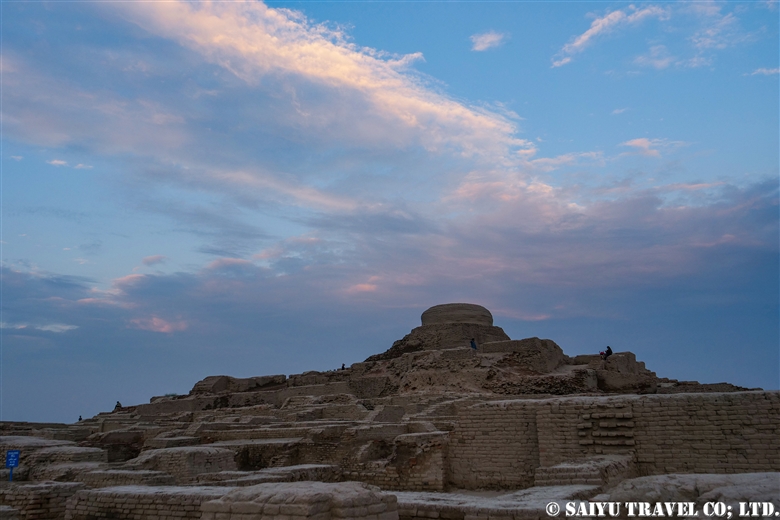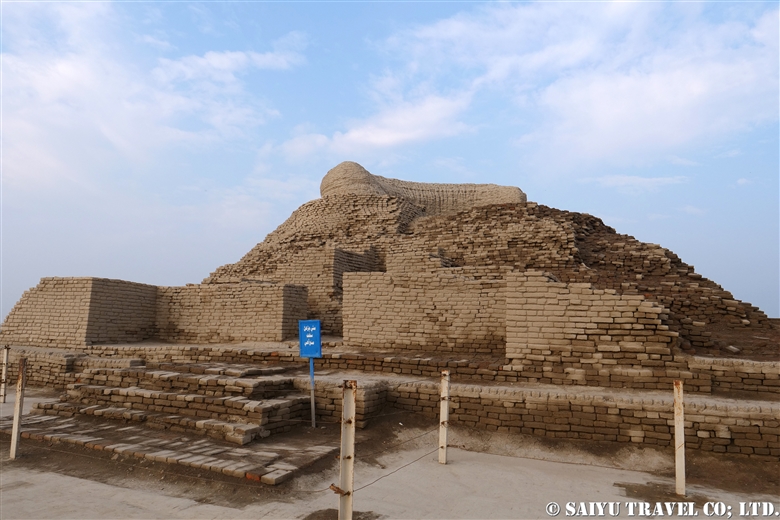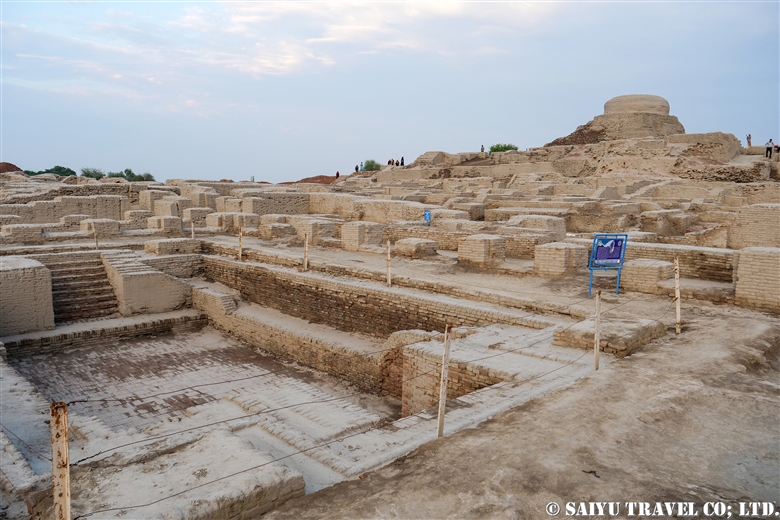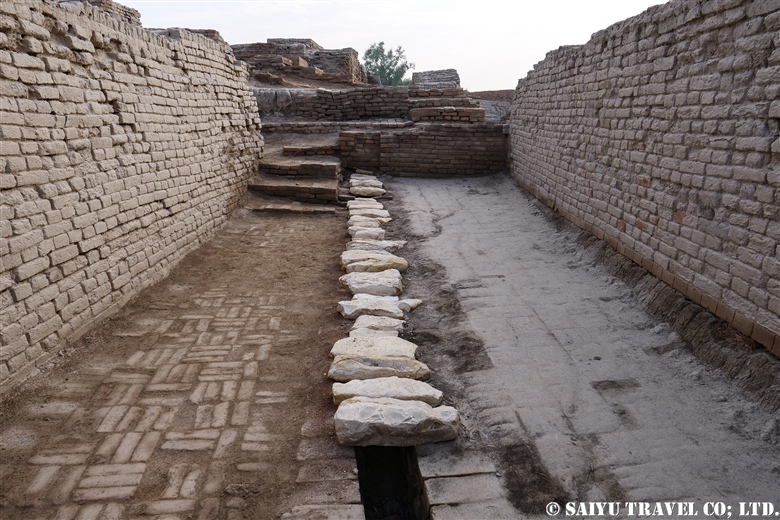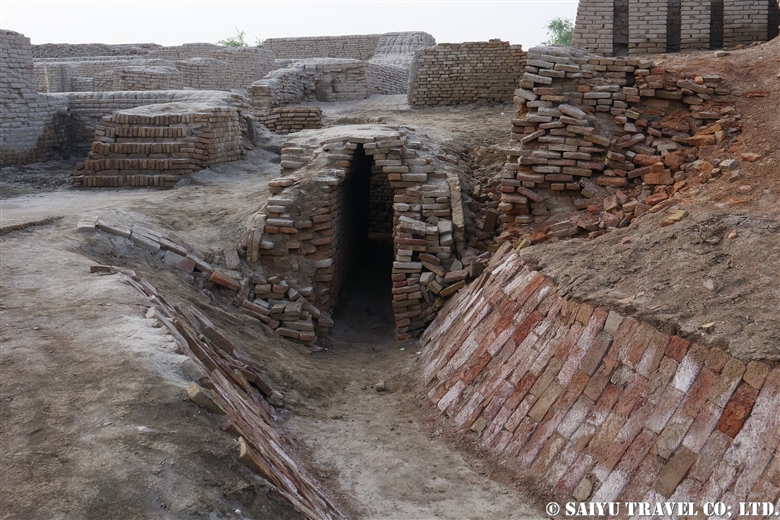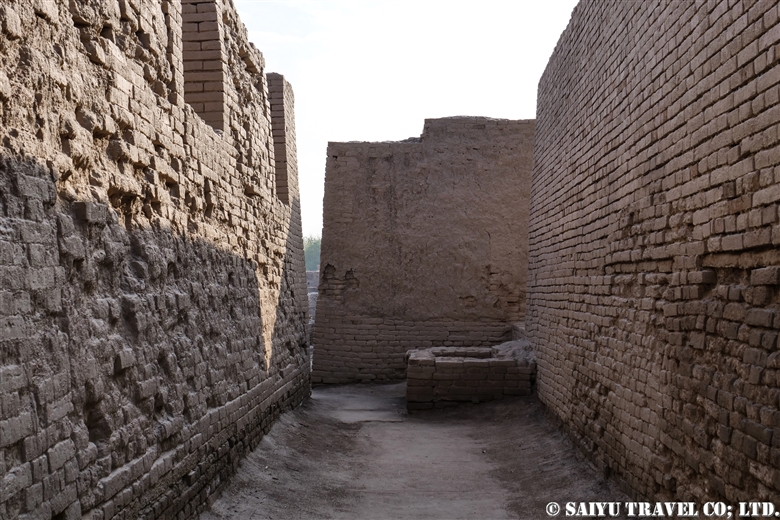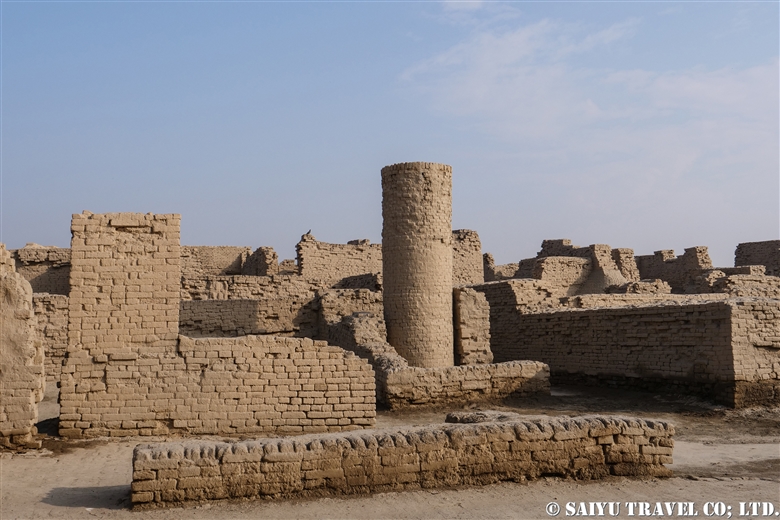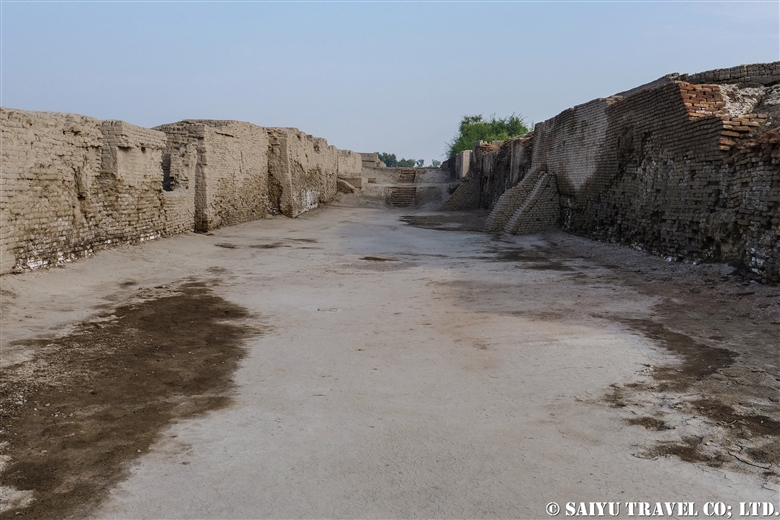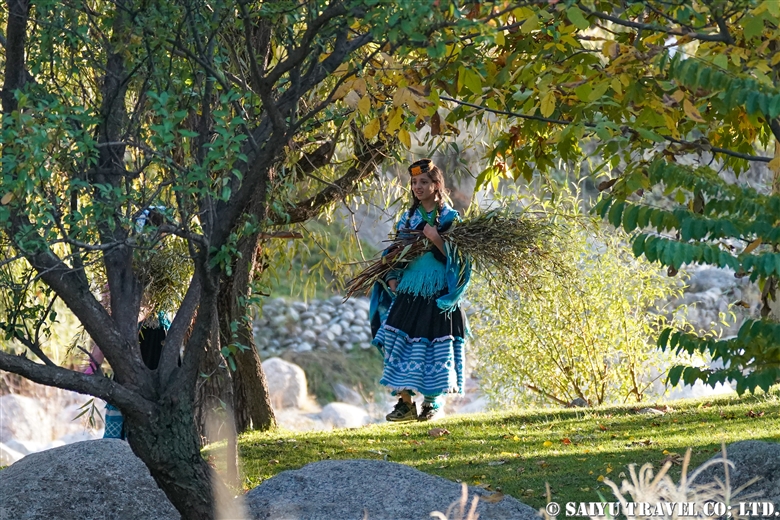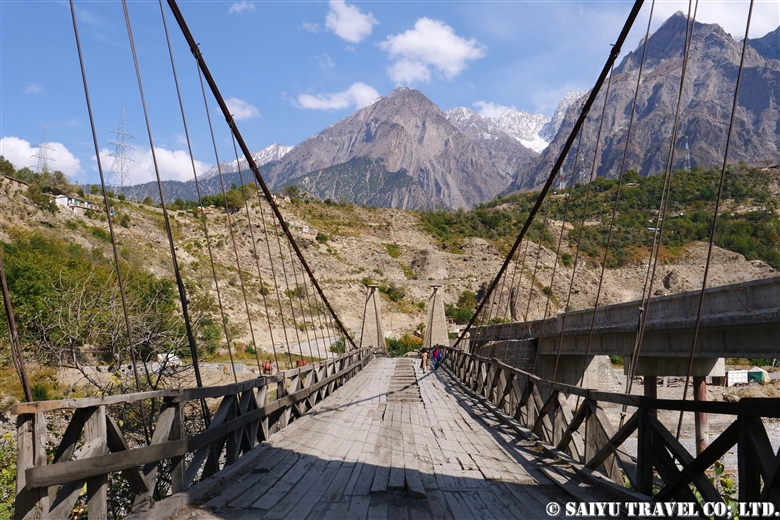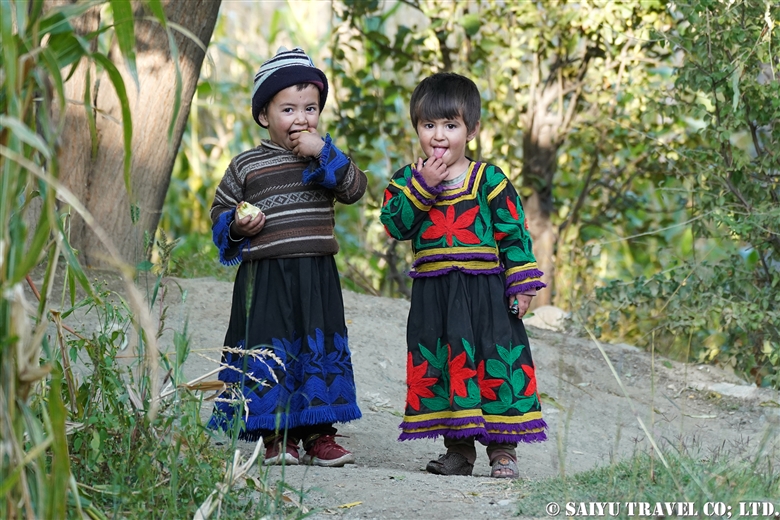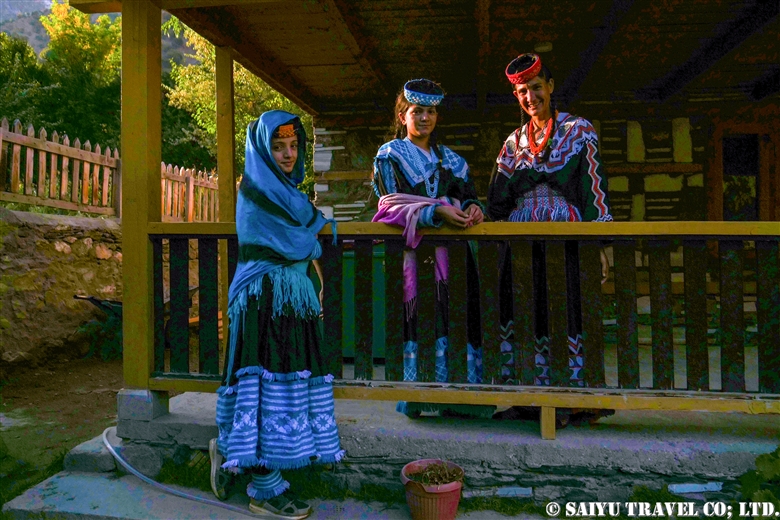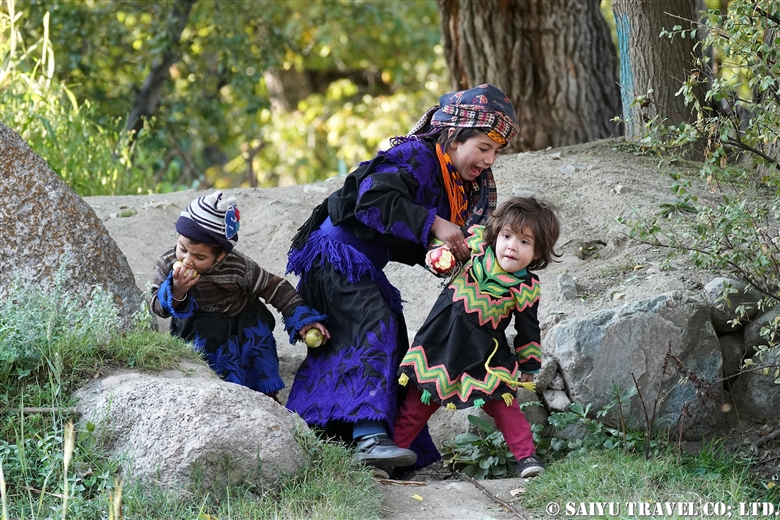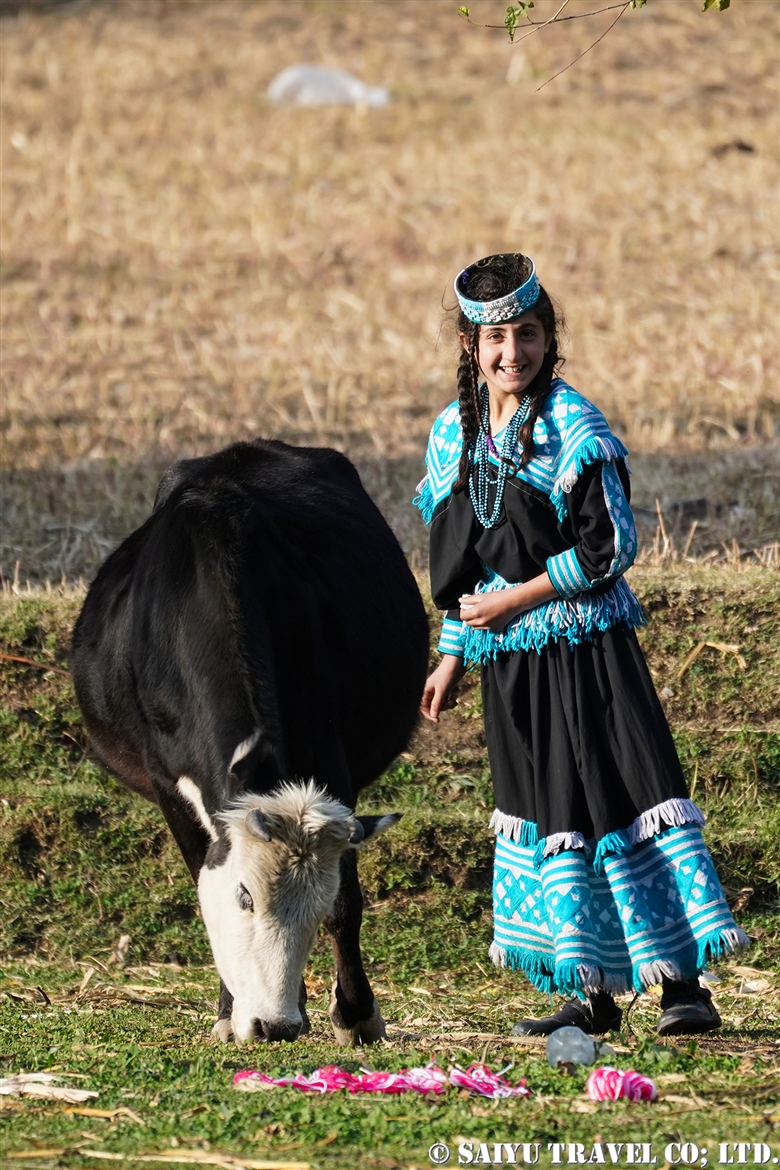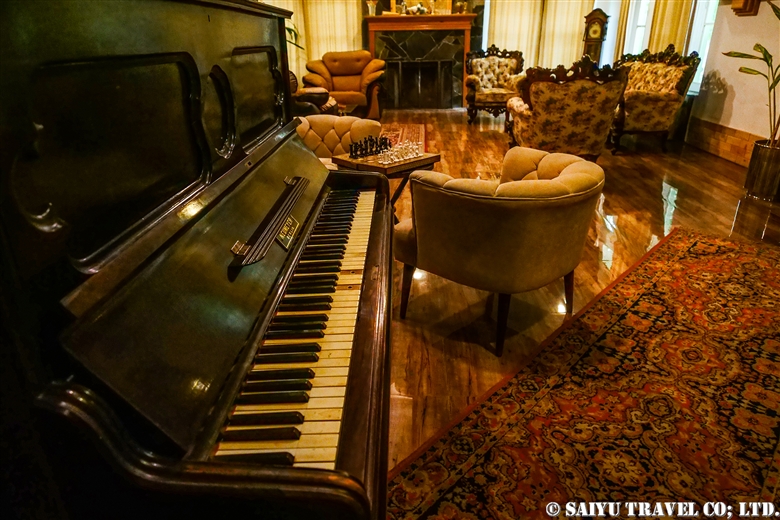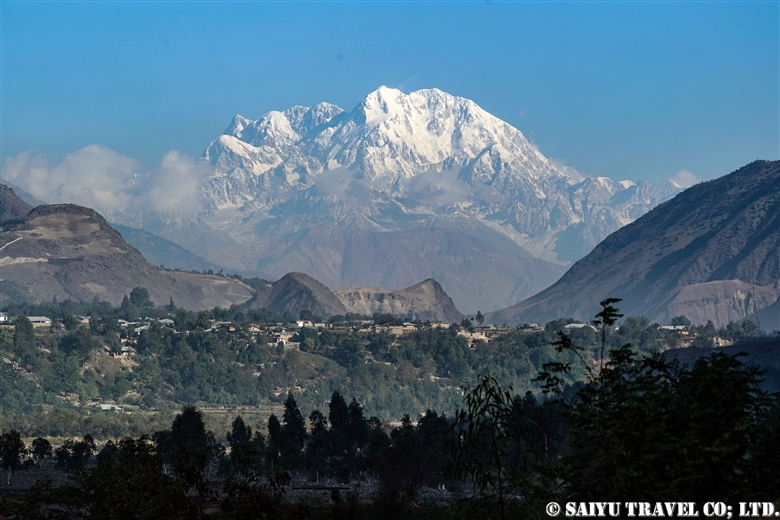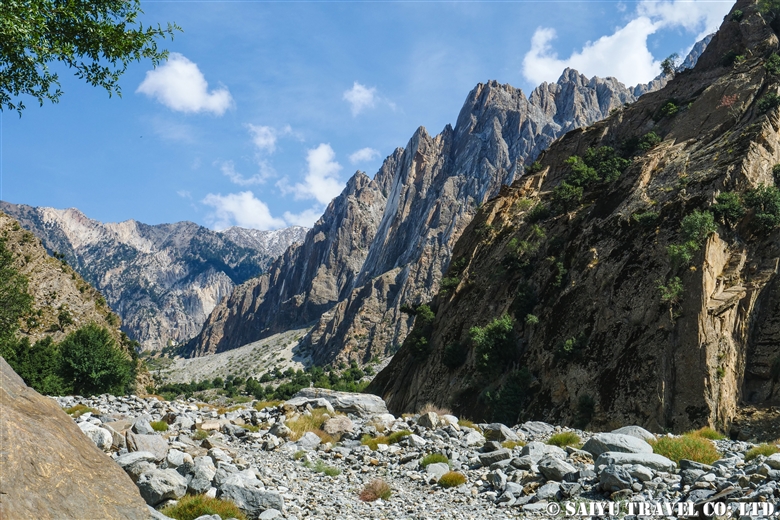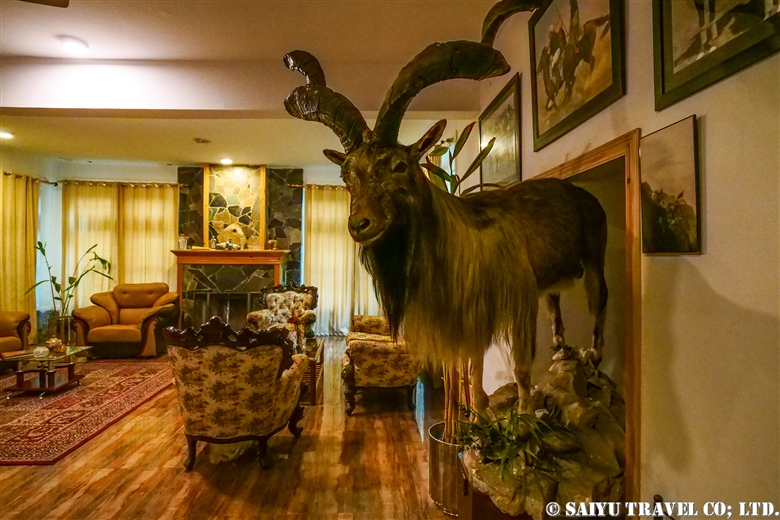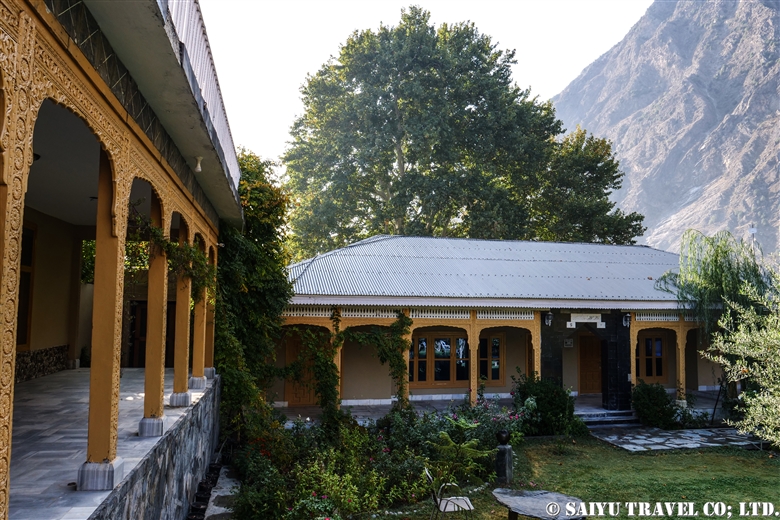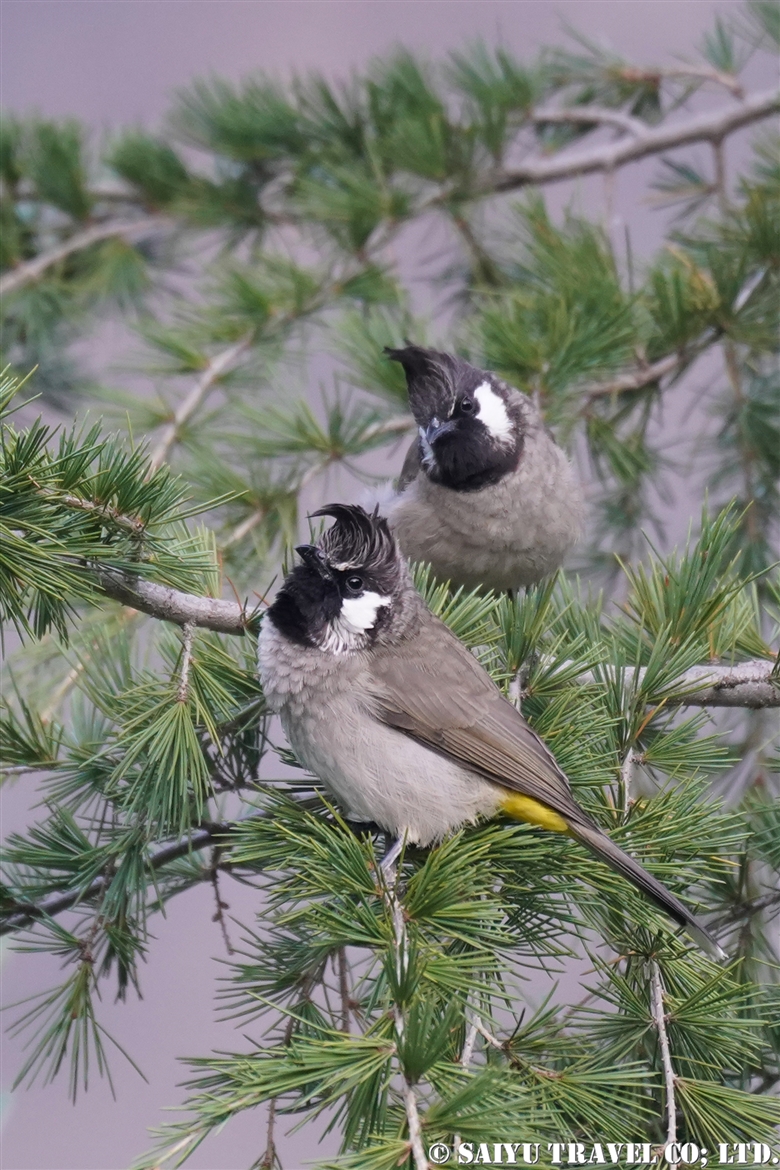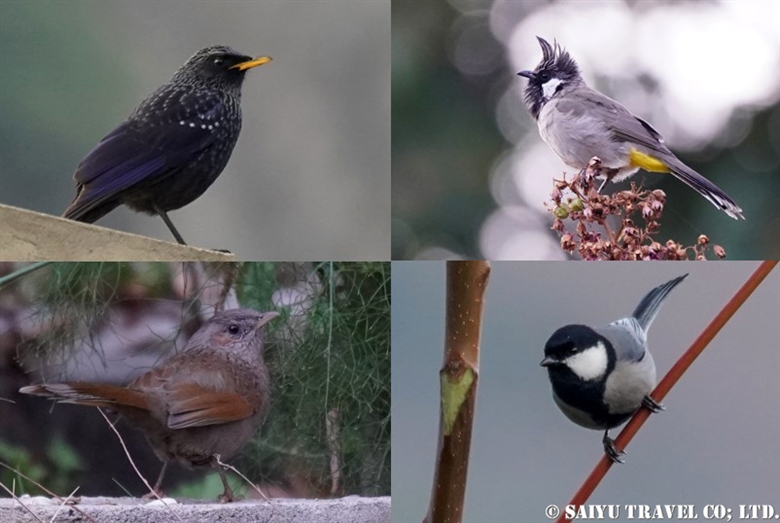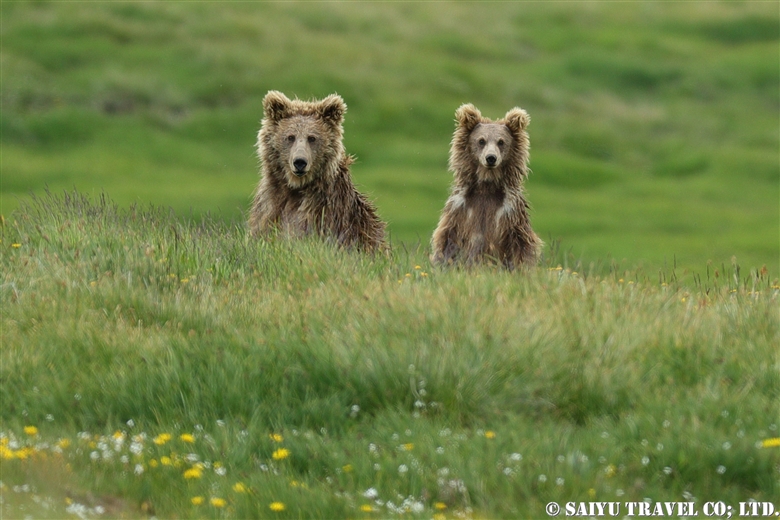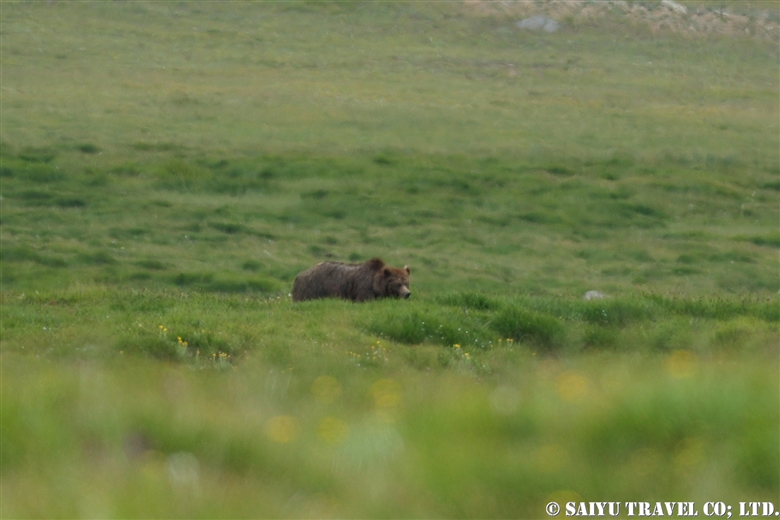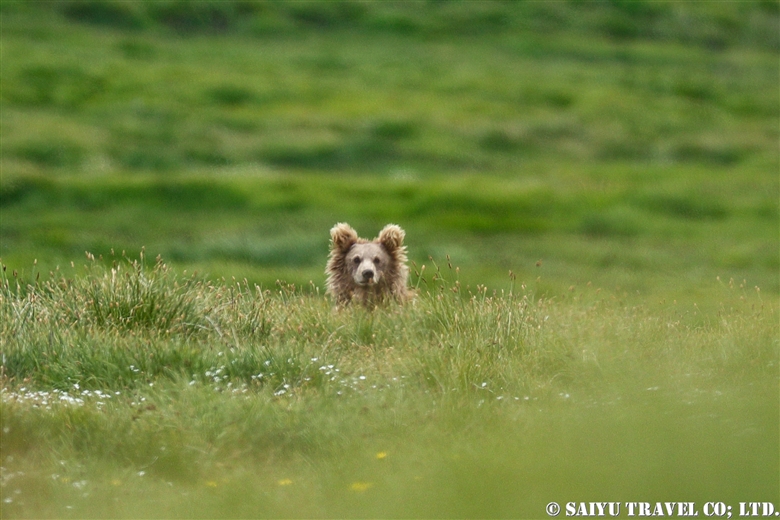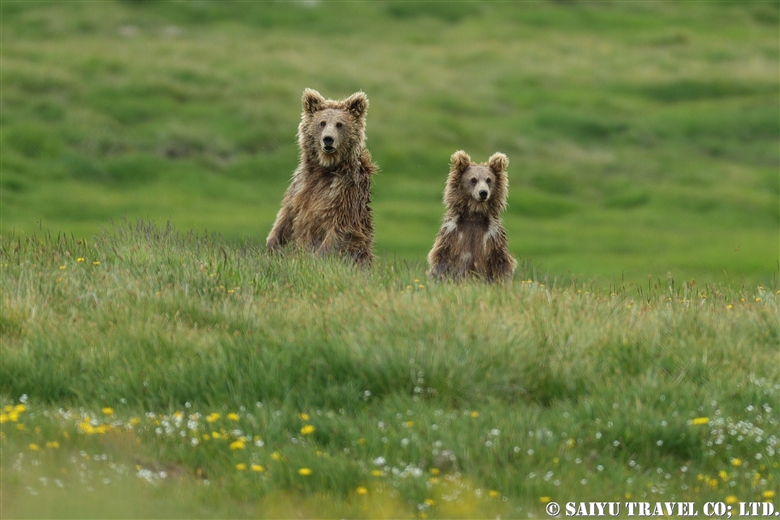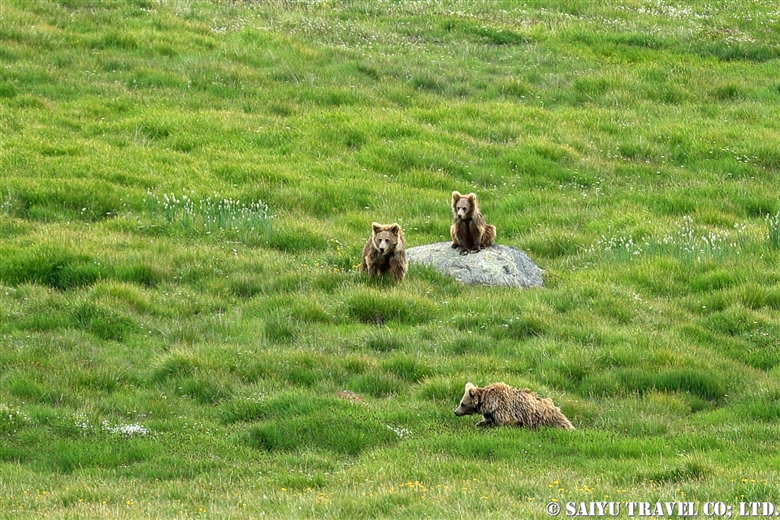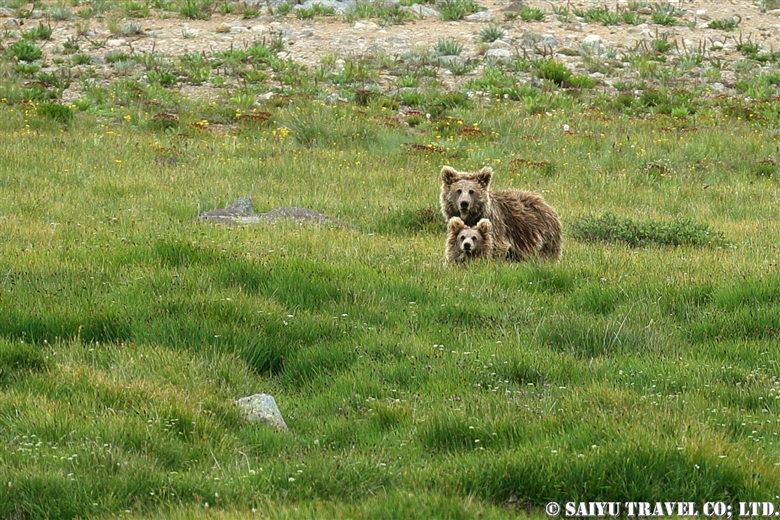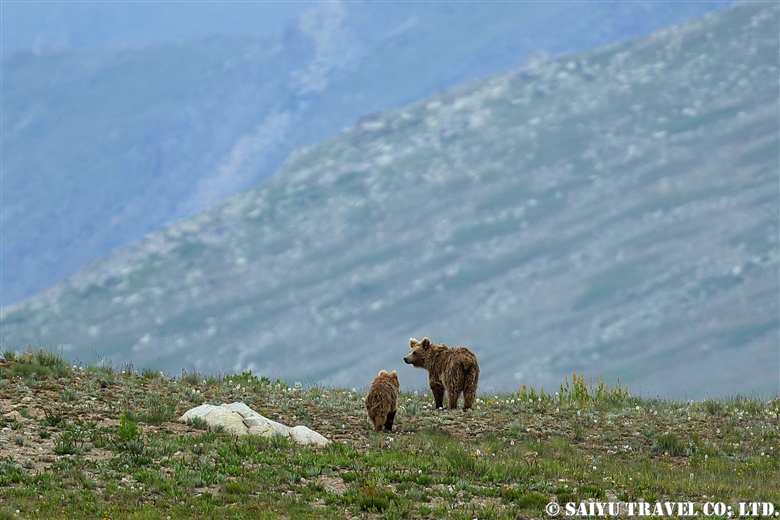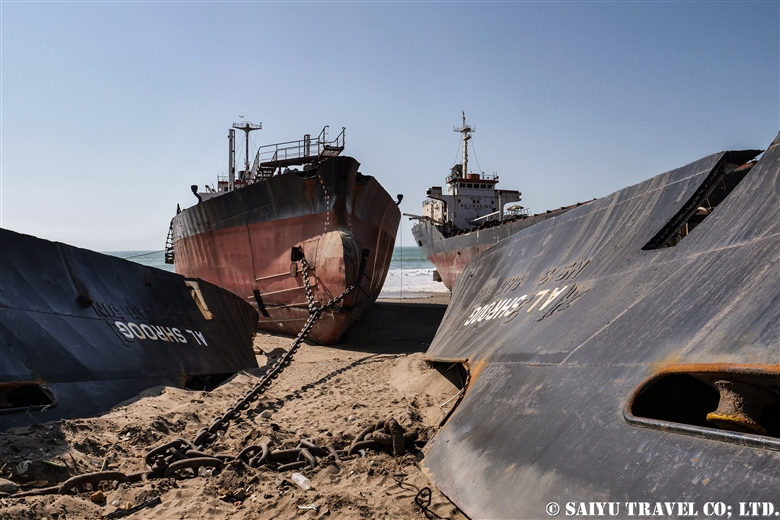
Have you ever wondered what happens to ships at the end of their service? …used to be that they would sink into the sea in the past, but now parts are often being dismantled and reused where possible. In postwar Japan, there was a rush to build ships, but these warships became unnecessary and various countries were dismantling them. Now the countries dismantling them are mostly in SE Asia. In Gadani they practice a technique called beaching. During the high tide, the boats will be hauled up on the sandy beach and then cut down for the steel and other recyclable parts.
According to the past records, the shipyard takes up about 10 kilometers of the Gadani shoreline and in the 1980’s there were 30,000 people working there, making it the largest in the world.
In 2016, there was a huge accident causing many casualties, so many new laws and regulations requiring insurance for the workers was enforced by the new government. When we visited, there were only a few shipyard businesses operating at that time.
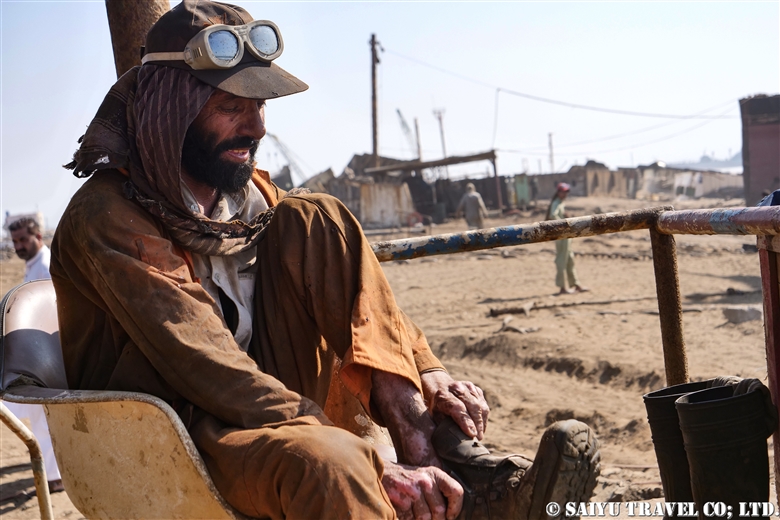
At 2 PM, after his lunch break, this worker is getting back to work.
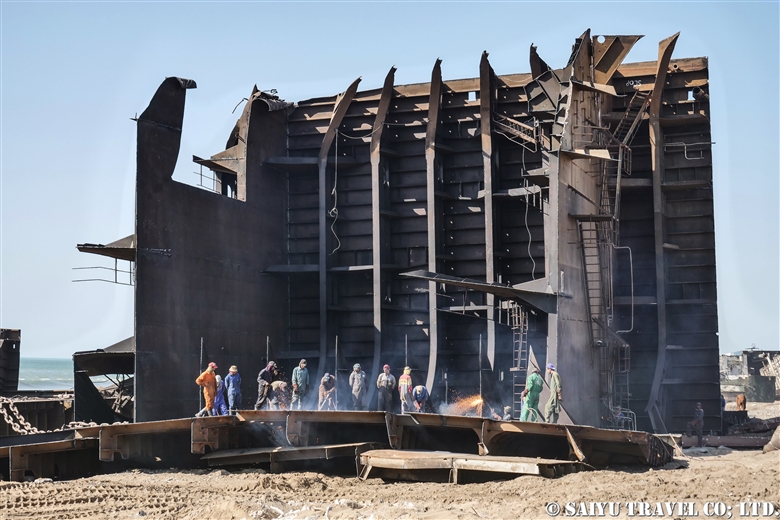
Huge coastal oil tankers and cruise ships are taken apart using manual labor.
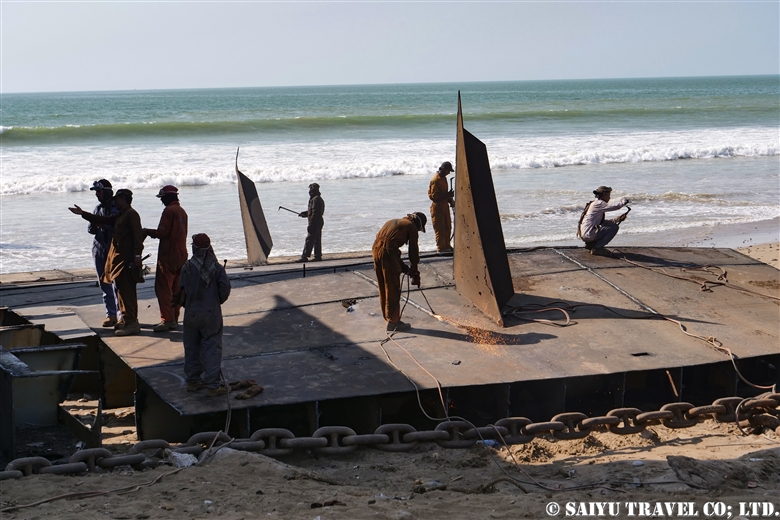
We observed from afar so as not to get in the way as they worked.
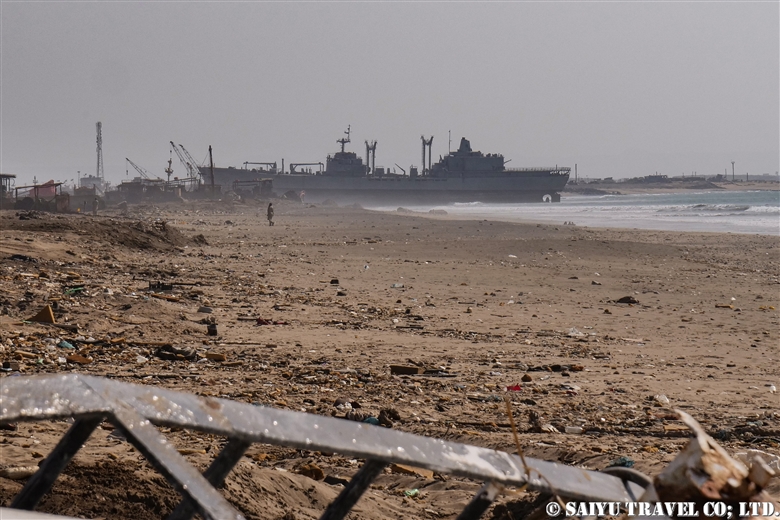
The shore of Gadani…several ships on the exhausted shore.
When we visited the shipyard, there were demolition yard workers who seemed to be local Baloch people, as well as Pashtuns from far away Swat Valley. These hard-working Pashtun men left a lasting impact as they looked so strong, bright and masculine in such a harsh working environment.
Photo & Text : Mariko SAWADA
Visit: Nov 2019, Ship breaking yard of Gadani, Balochistan
Tag : Gadani Ship Breaking Yard , Pakistan Travel company , Pakistan tour operator , Balochistan , Pakistan Photography Tour , Pakistan Blog , Pakistan Travel Blog , Indus Caravan , Saiyu Travel Pakistan , Balochistan Tour , Gadani





